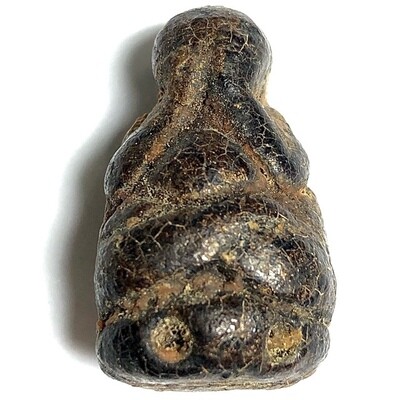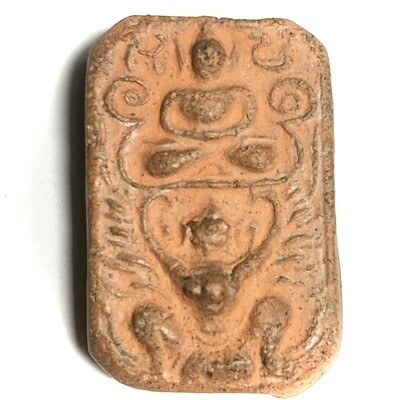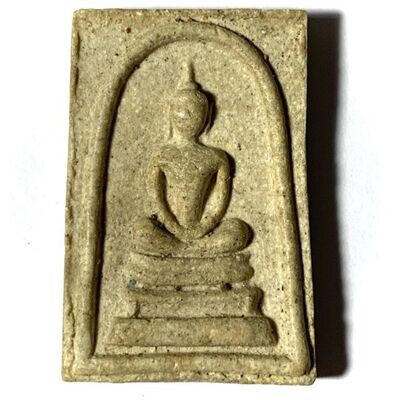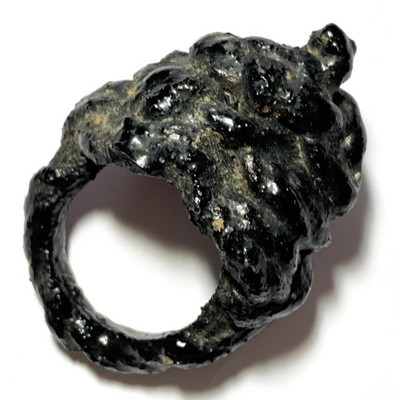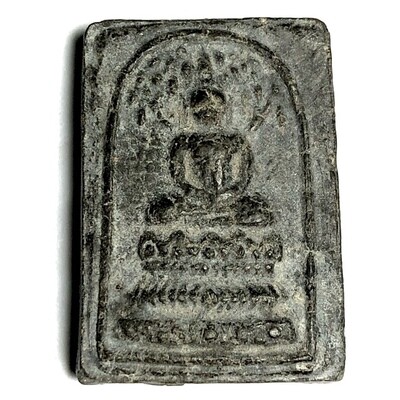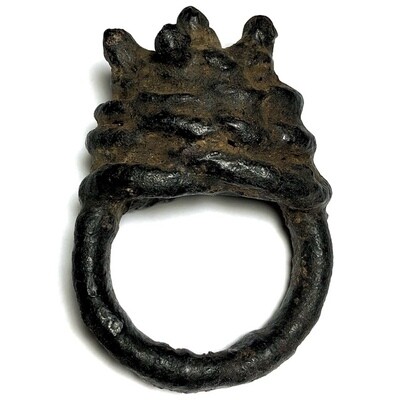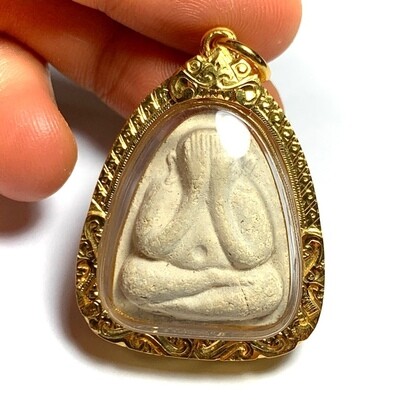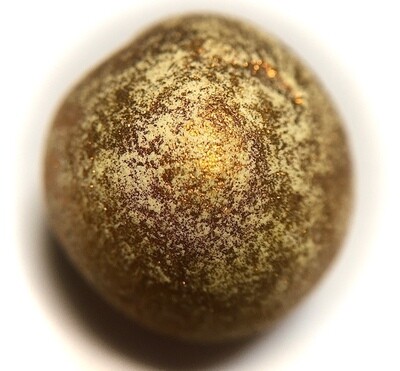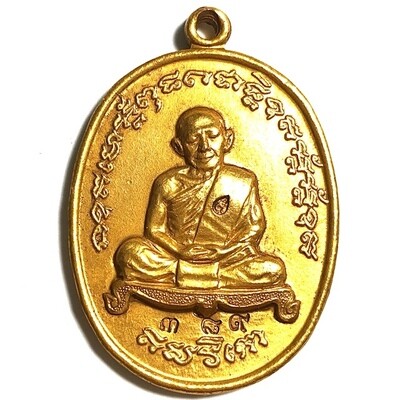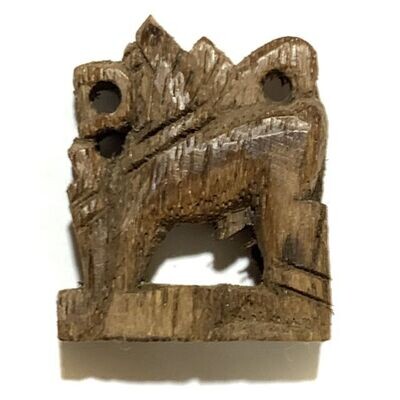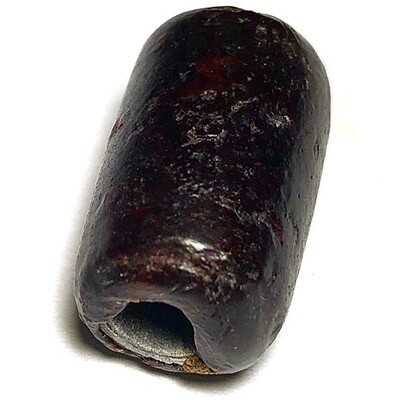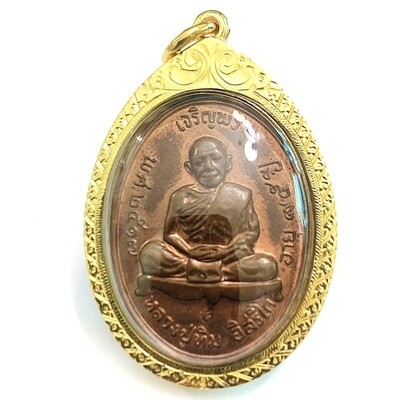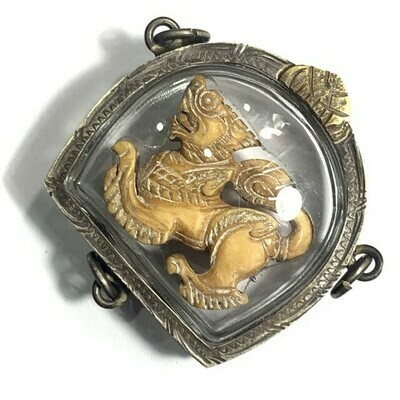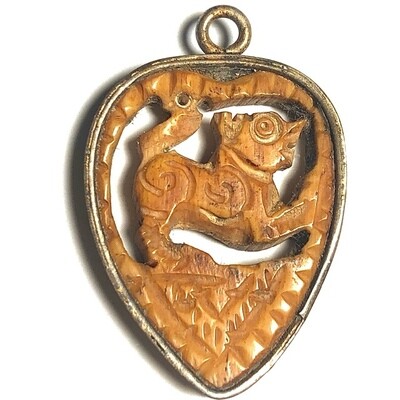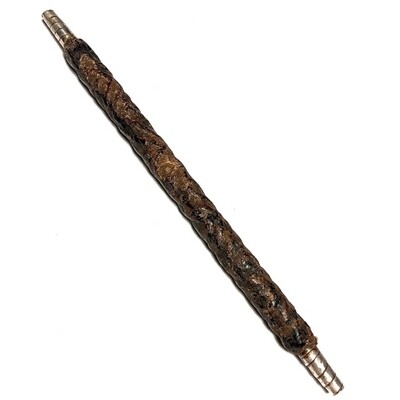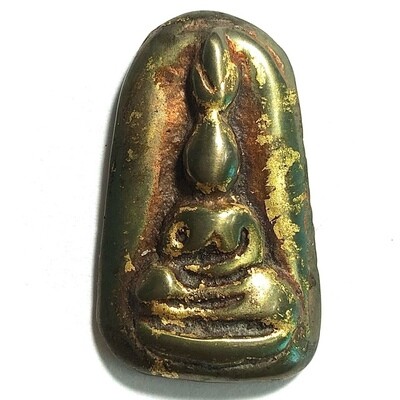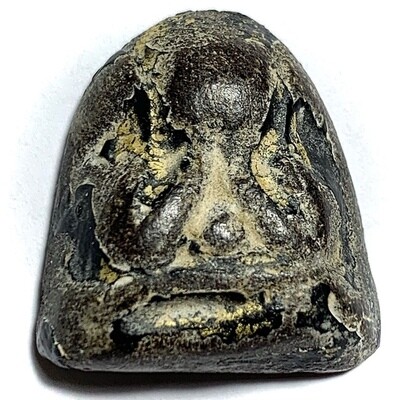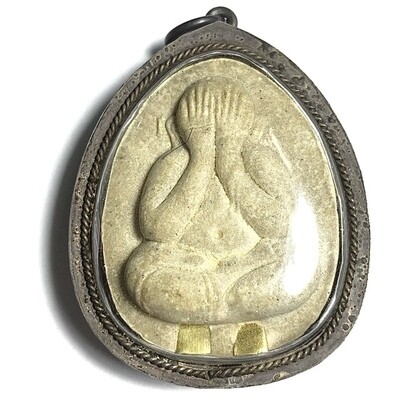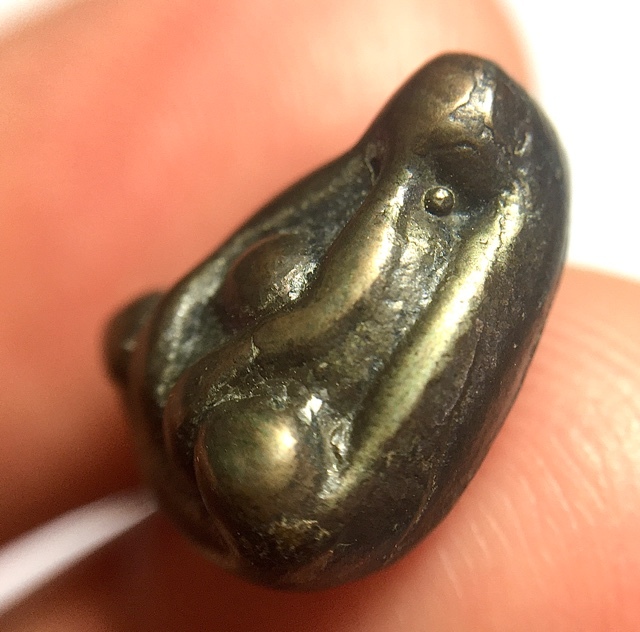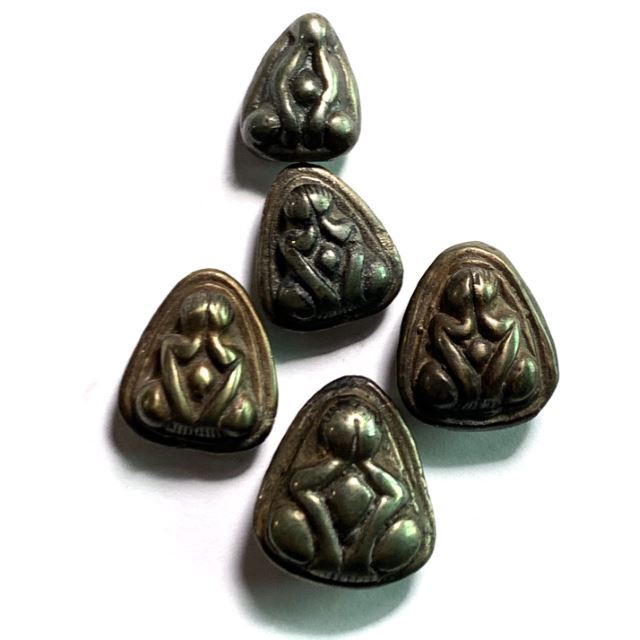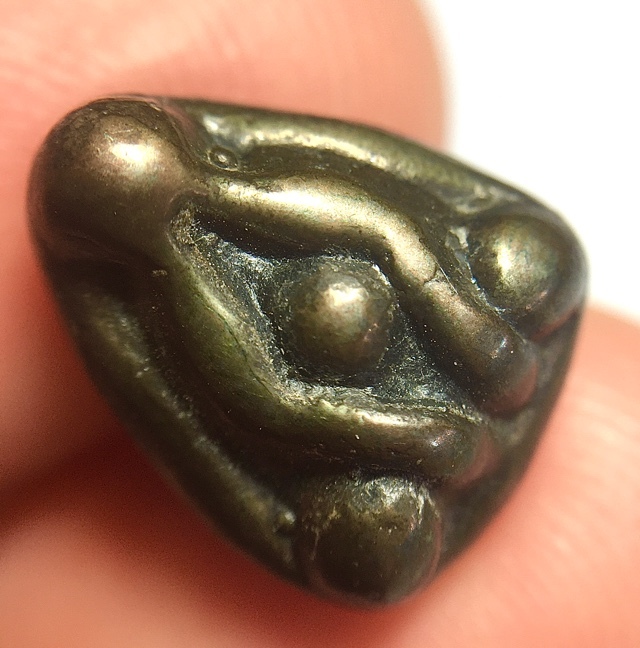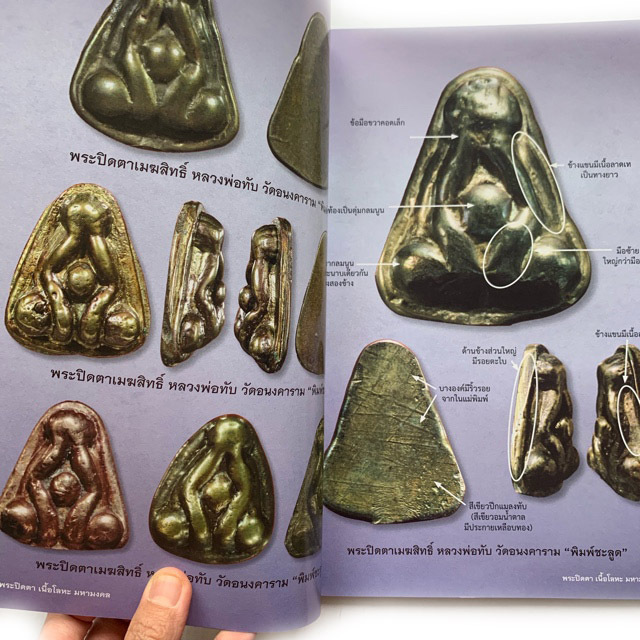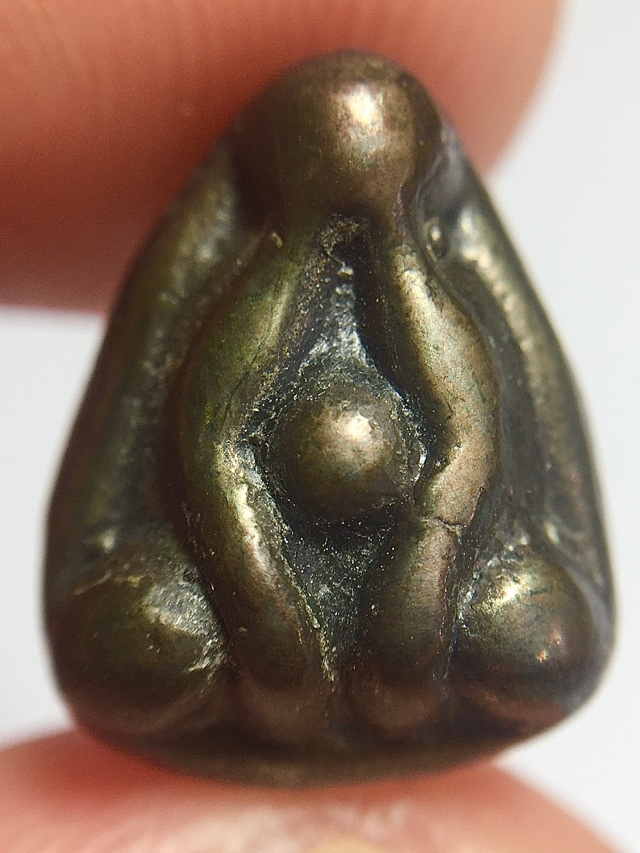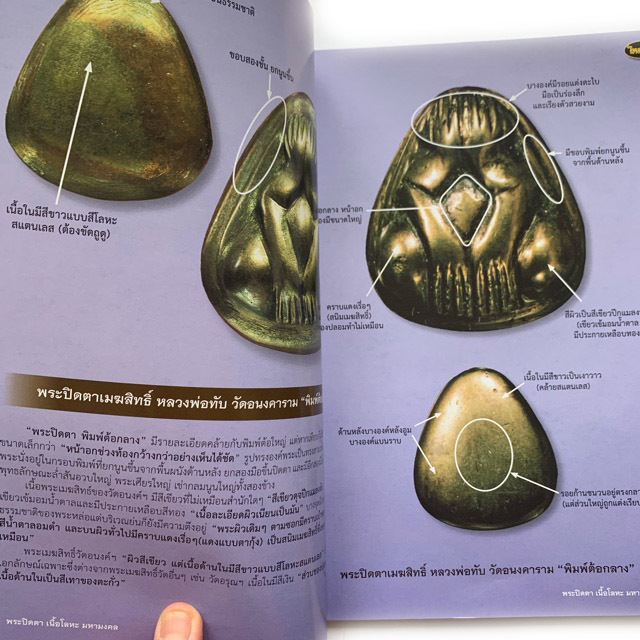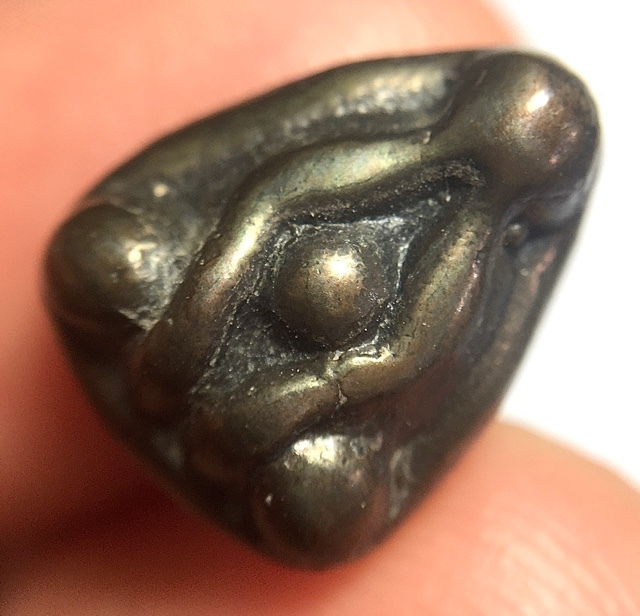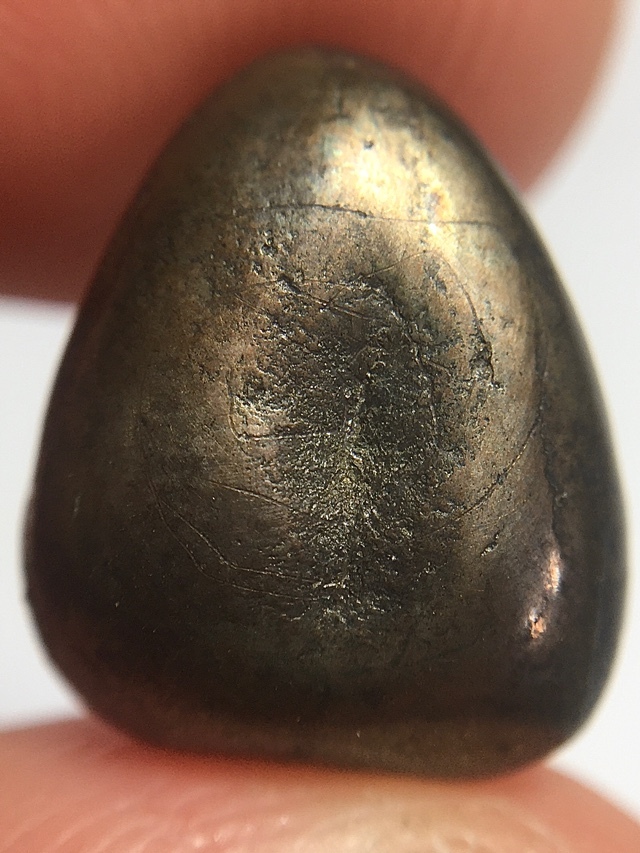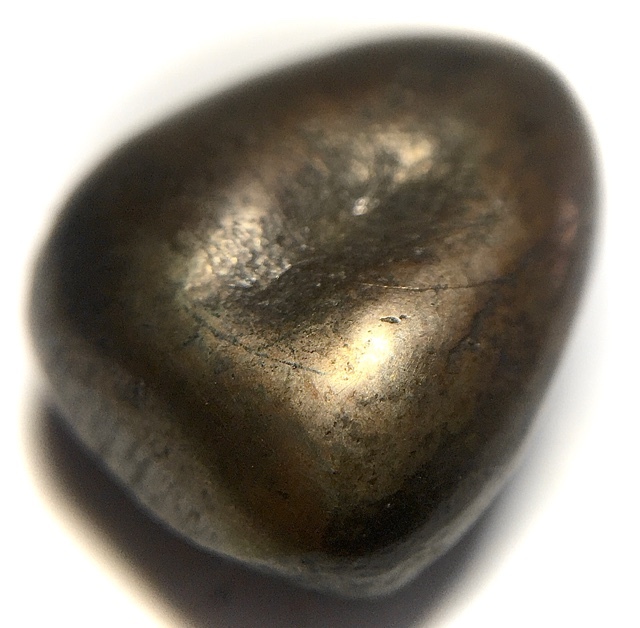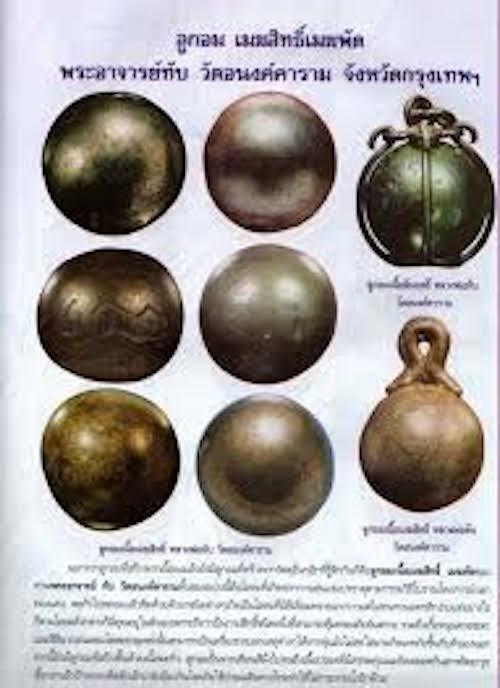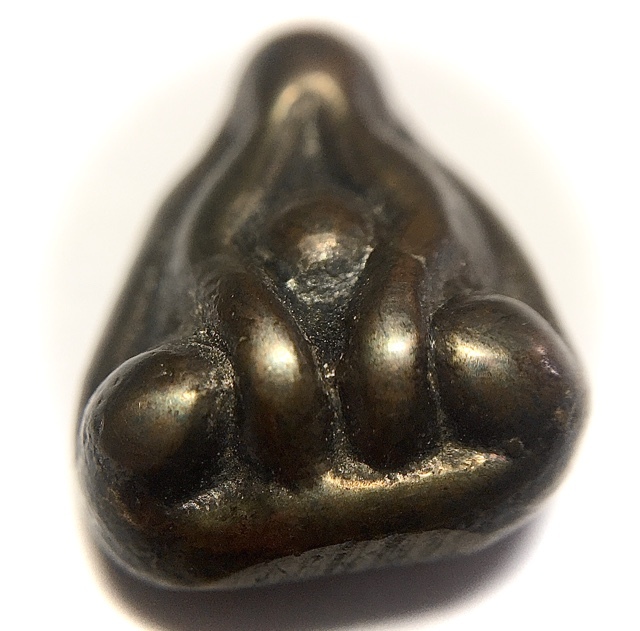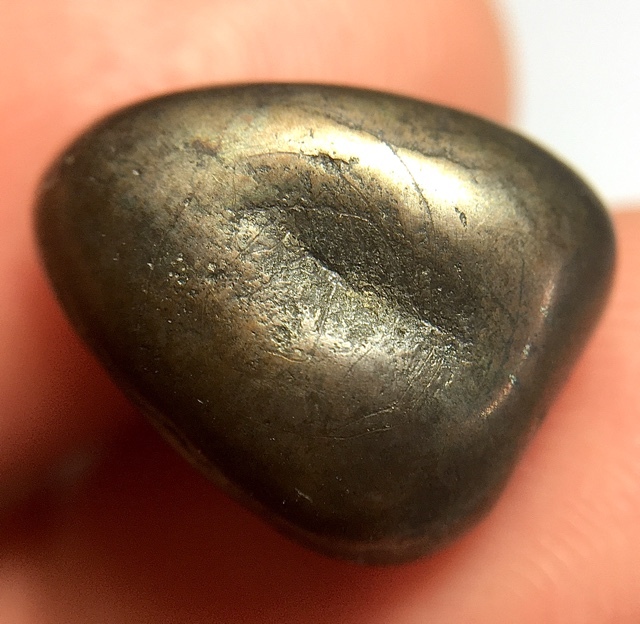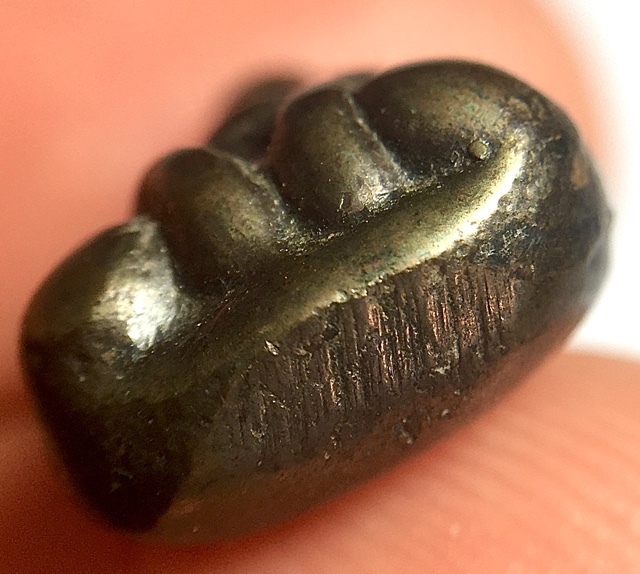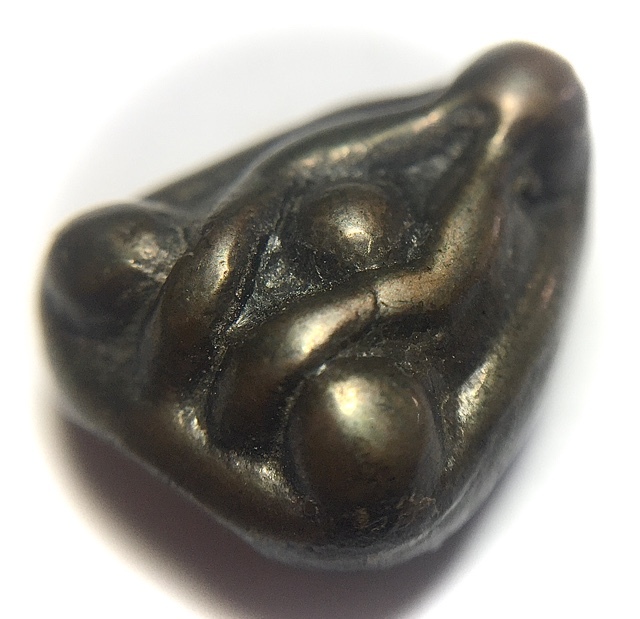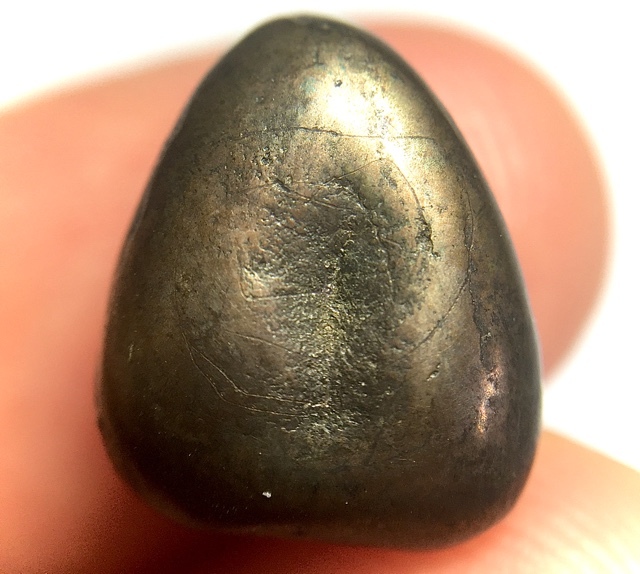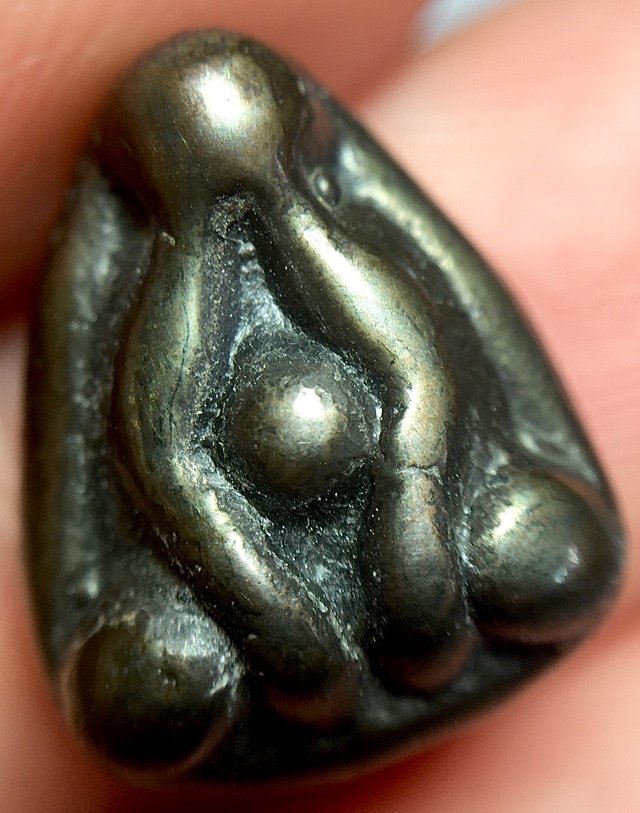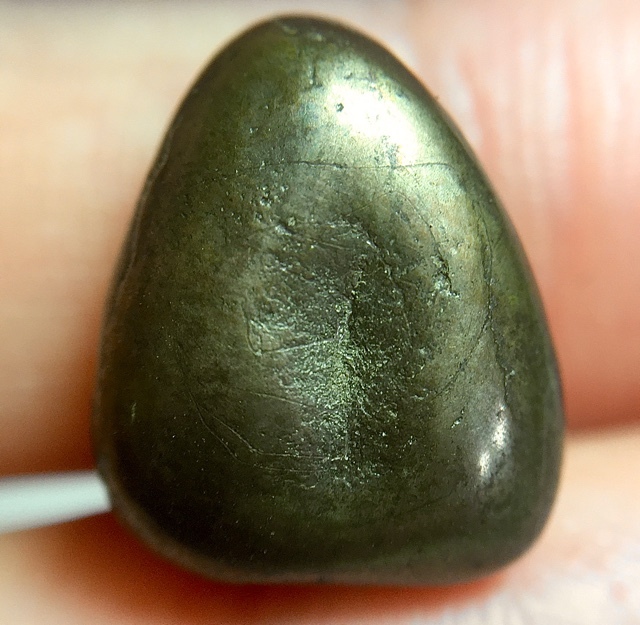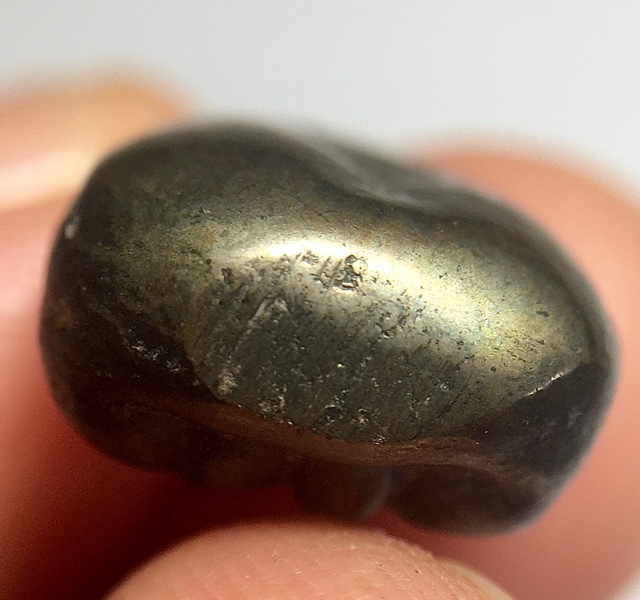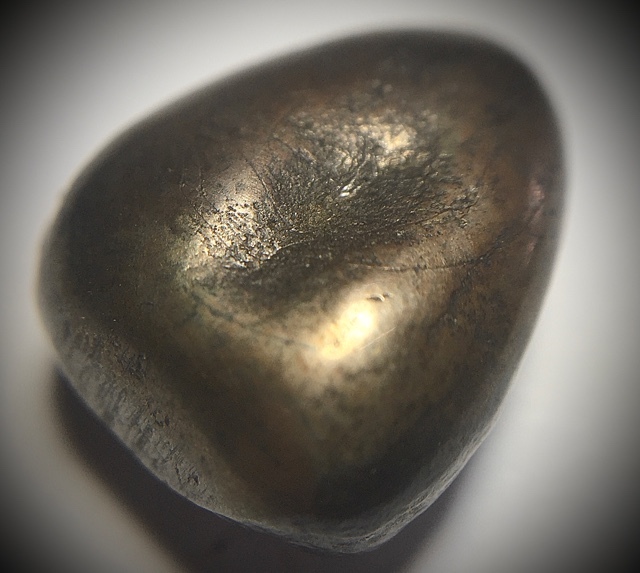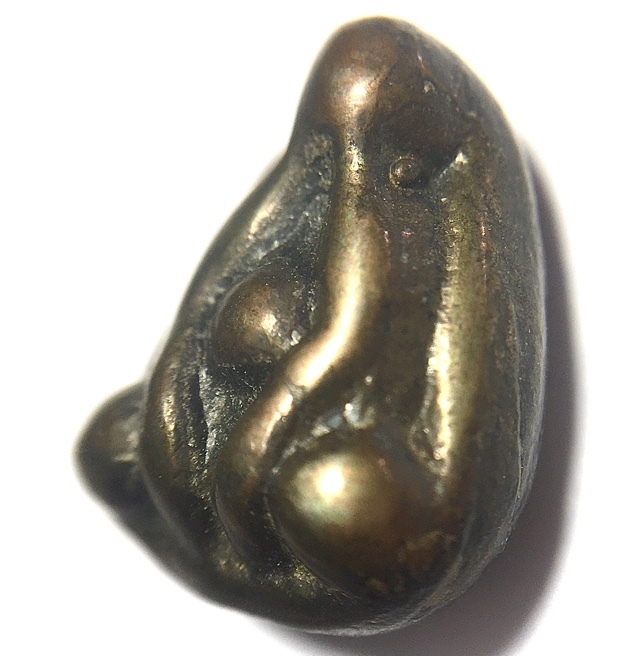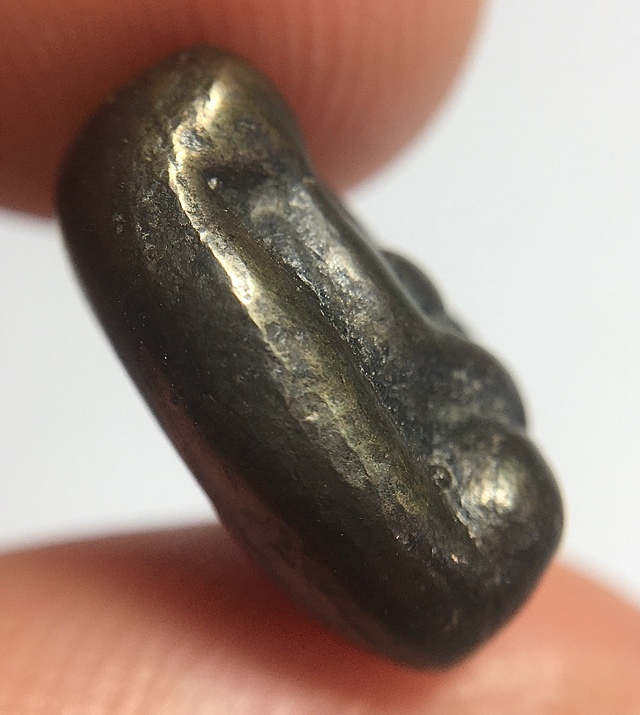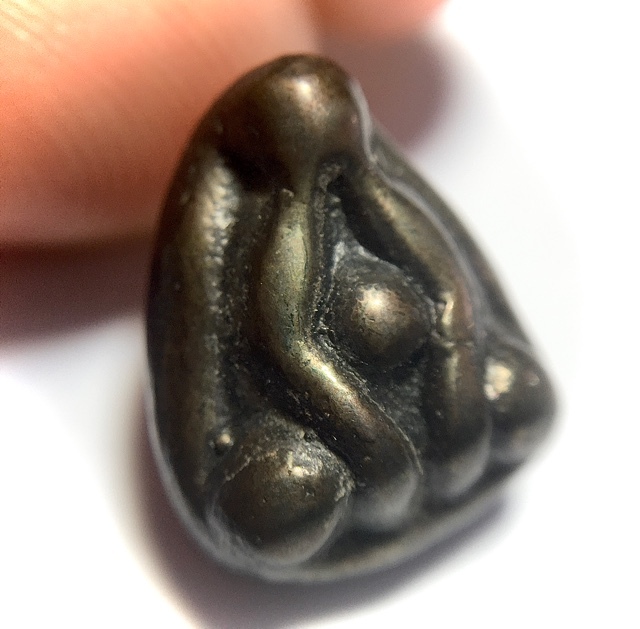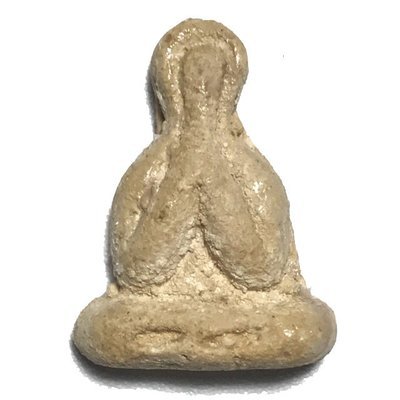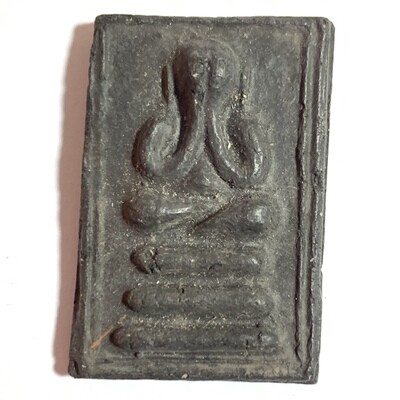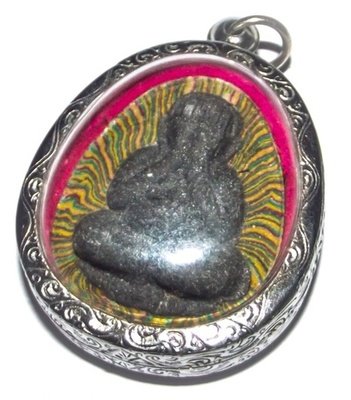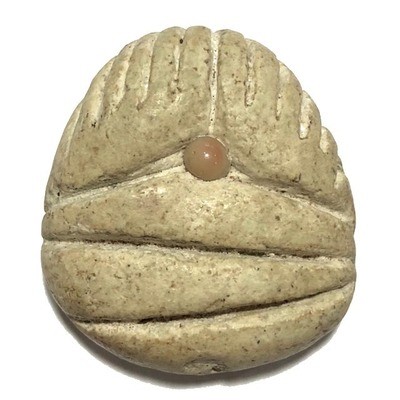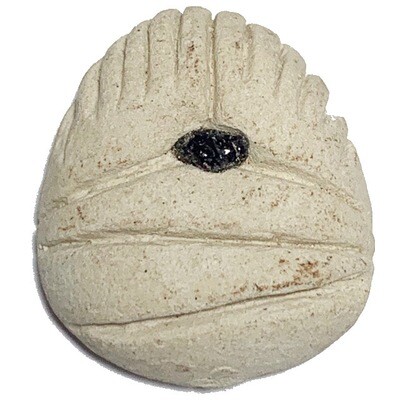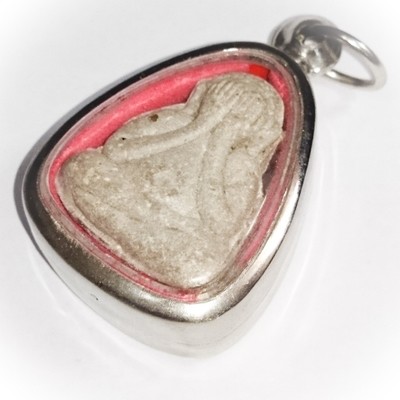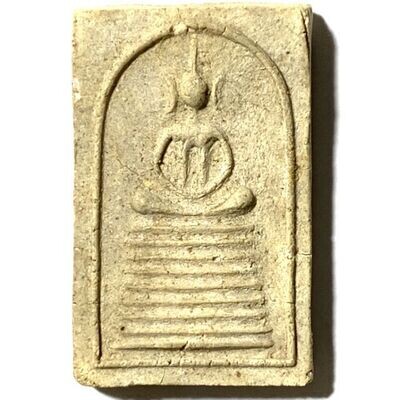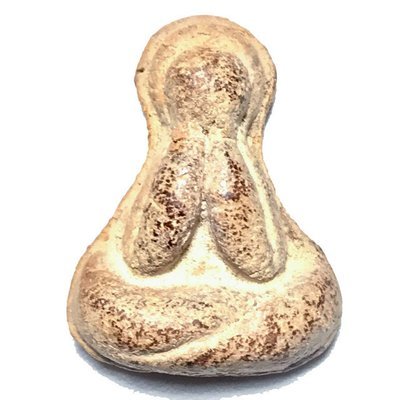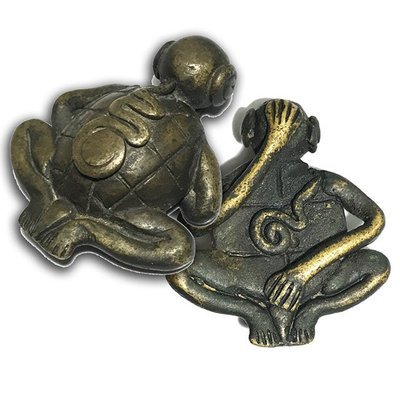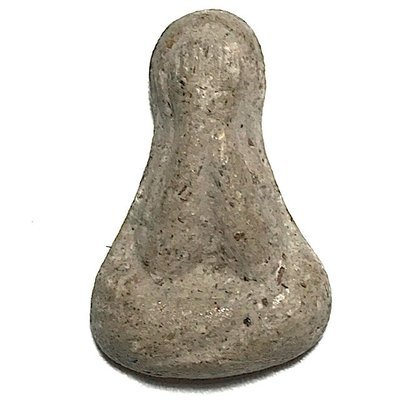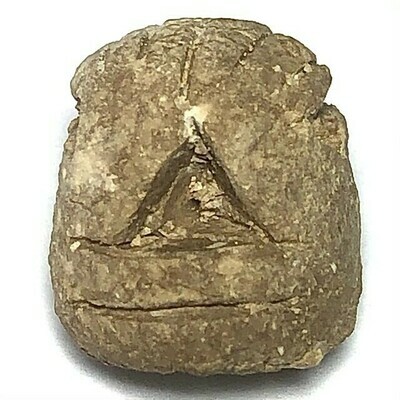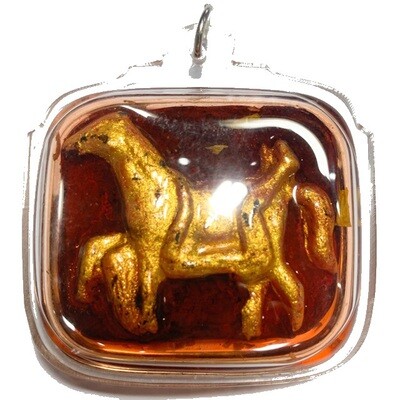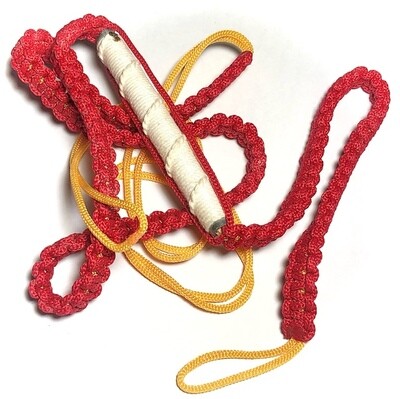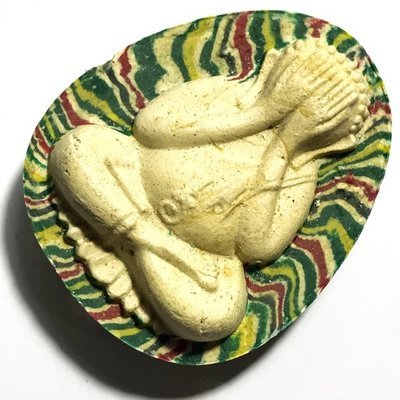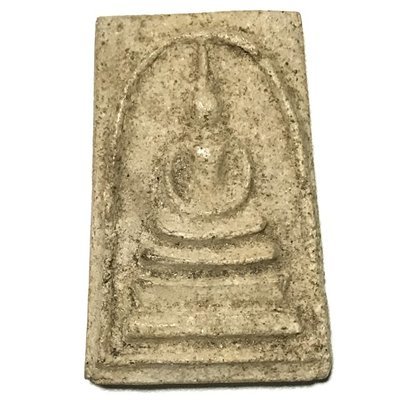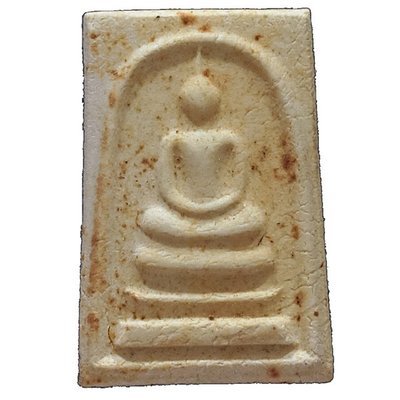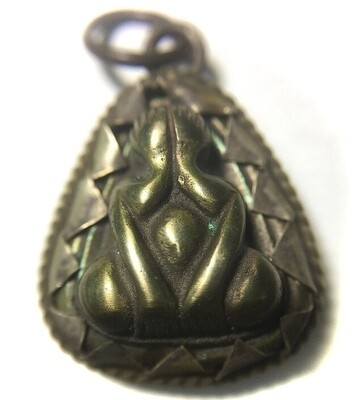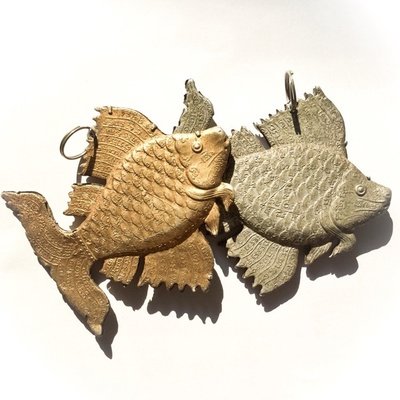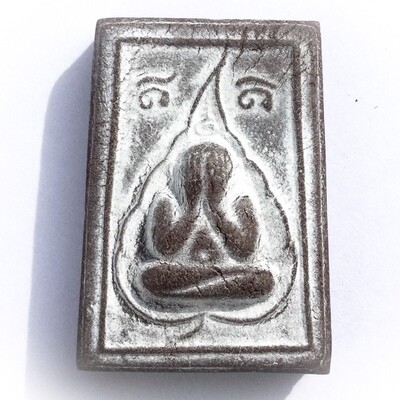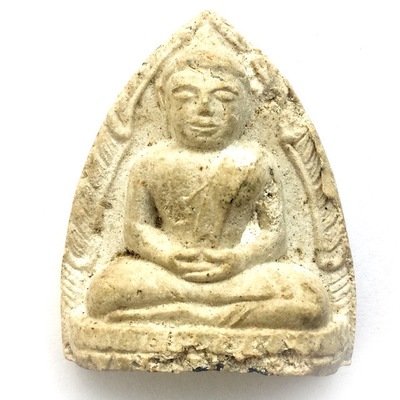
Ancient Amulet Store – Purveyors of preferred Classic Thai Buddhist Amulets for the True Devotee and Distinguished Collector
Discover the immensely deep and fascinating world of Vintage Thai Buddhist Amulets. Ancient Amulet is a long term established and internationally recognized Vintage Amulet Shop, and A Trusted Source for Classic Thai Buddhist Amulets for Devotees and Discerning Collectors, and is one of the many sub projects of informational sources created by Thai Amulet, Buddhism and Thai Occult Expert, Ajarn Spencer Littlewood . as part of his ‘Buddha Magic Project‘
Ancient Amulet provides authentic Antique and Rare Thai Amulets of the Pre and Early Post-Modern Era, of high esteem and Sacred Value, to revere, study and collect. Our Ancient Thai Buddhist Amulets are selected from the finest exhibits we can discover, and given diligent study and authentication processes. Our collection showcases time-honored amulets crafted by ancient masters, boasting captivating qualities and representing the esteemed Pra Niyom class. We offer authentic, highly valued ancient Thai Buddhist amulets from the pre and early post-modern eras, carefully selected from the finest exhibits and thoroughly examined. We invite you to study, revere, and collect these classic amulets from ancient masters, and to learn about their magical aspects and the art of amulet evaluation
Pra Pid Ta Maekasit Pim Chalud Lek Baeb Dtaeng Jarn Mer 2460 BE Luang Por Tap Wat Anong
An extremely rare and immensely revered amulet; the original 2494 BE first edition a Centenarian Amulet of immense rarity, and a very ancient and sacred Wicha, the Pra Pid Ta Nuea Maekasit Alchemical Leaden Mercurial-Metal amulet of LP Tap. This ehibit is a Pim Chalud Lek (1.4 x 1.2 Cm) and in See Peek Malaeng Tap Khiaw Om Tong, Golden-Greenish Maekasit Alchemical Alloy.This amulet comes with a free download of a high-res pdf of the 103 page ebook "Pra Pidta Loha Metallic Amulet Encyclopedia", included for download after purchase.
The amulet is hand inscribed on rear face, and forged in in See Peek Malaeng Tap Om Tong Gold-Green Metallic color, rather like a greenbottle fly (in fact, the word 'Malaeng Tap' means 'Buprestis beetle'. which is a metallic-green winged insect. Below; Various Pim of the Pid Ta Luang Por Tap:- Pim Chalud Lek (top) Pim Dtor Lek Baeb Dtaeng (below top center amulet), Pim Dtor Klang Baeb Dtaeng (2 amulets center row left and right), and the Pim Dtor Yai Baeb Dtaeng (bottom row).
This exhibit is a highly preferred Master-Class Pra Niyom amulet from the great Luang Por Tap of Wat Anongkaram (commonly known as 'Wat Anong'), and is a very rare model in Pim Chalud Lek, that is one of the rarer models. In addition, Pim Lek and Pim Yai small and large versions of the Pra Pid Ta, are usually much rarer than Pim Klang (especially with the Pim Chalud, Pim Nang Yong and Pim Siarn Hlaem).

Below : example of a Pid Ta Pim Chalud elongated model amulet (right page)
Below : example of a Pid Ta Pim Dtor Klang medium size model amulet
Each model differs slightly depending on which block press. regardless of each block press, the amulets were released in two forms, 'Baeb Dtaeng' (filed down into a smooth and eloquent outer border), and 'Baeb Mai Dtaeng' (unfiled with wider irregular borders).
The Pantheon is also split into subcategories of Pim Dtor (Dtaeng and Mai Dtaeng, in small medium and large), Pim Chalud (higher more tapered angular model), Pim Maha Ud (bowed arms and legs model), Pid Ta Nang Yong (squatting model), the very rare Pim Gradum (button shape), and the Pim Siarn Hlaem (pointy head model).
Below: Hand inscriptions can be seen on the rear face of the Amulet
Luang Por Tap was an Olden Days Master Monk of the previous Buddhist Century, who was highly renowned for his Mastery of Alchemy, and Kata Akom Spellcasting Methods.
Below : all of the best known accepted major models of Pid Ta Luang Por Tap
At that time, Somdej Pra Puttajarn Nuam was the abbot of Wat Anongkaram, and Luang Por Tap was a 'Look Wat' (one of the temple monks), but in truth, Luang Por Tap was much an elder monk to the abbot himself, and much more advanced in his practices.
Luang Por Tap became immersed in the Wicha Len Prae Taat (Alchemical Metallurgy), and Mastered it until he could produce the legendary substance known as 'Maekasit' metallic alchemical alloy.
The Wicha Maekasit of Luang Por Tap was so famously powerful, that even the great Luang Phu Sukh of Wat Pak Klong Makham Tao in Chainat came, to exchange sorcery methods with Luang Por Tap, in order to obtain the Wicha Maekasit.
Luang Phu Sukh then took this Wicha back to Wat Pak Klong Makham Tao, and made many famous amulets of his pantheon using the Wicha Maekasit of Luang Por Tap, such as the oblong shaped Pra Somdej Prapa Mondon Sum Rasamee.
The Maekasit amulets of Luang Por Tap, are known to have different tones of color which shimmer through the metallic surface, tanging from silvery, to some most highly preferred exhibits with blue, golden or greenish metallic sheen, similar to the Bluebottle-Green-Purple metallic color of Lek Lai See Peek Malaeng Tap.
There are a number of Great Master-Class amulets of Luang Por Tap, such as the Pra Pid Ta Maekasit, Look Om, and Prort Gror metallic Arahant Ball. Only very few Loom Prort Gror Were made, as they were used to place under the Uposatha Shrinerooms of Temples, and only handed out by Luang Por Tap on rare occasions.
The most highly prized, rare and sought-after amulets of Luang Por Tap, were made during the time when both Luang Por Tap and the then abbot, Luang Por Nuam Puttasārō were both alive, and collaborating with amulets. Luang Por Tap's amulet pantheon is one of the most fervently sought and collected in the high end amulet collector community, and are considered to be among the most powerful alchemical amulets of all Masters.
Luang Por Tap made many models of amulets in Nuea Maekasit and Parort alchemical metals, some of the most well known being the Pra Pid Ta Maekasit, Pra Pim Pang Son Ha, Look Om Maekasit, the Look Prort Gror, and Pra Chayawat.
Luang Por Tap also inherited the Wicha Hung Nam Man Montra Saksit, for making Sacred Consecration Oil, from his Kroo Ba Ajarn Luang Por Nuam (6th abbot of Wat Anongkaram).
Luang Por Nuam's amulets are even rarer to find than those of Luang Por tap himself, but it is Luang Por Tap who gained more National and International Attention. The first edition Rian Run Raek of Luang Por Nuam is especially sought after and carries an immensely high market value in the present era. However, only a few were ever made, and so they are very rarely seen.
Luang Por Tap was also known to have been a close accomplice to Pra Sangkarach Pae of Wat Sutat, and Luang Phu Sukh ( Wat Pak Klong Makham Tao). it went on record many times that every time that Somdej Pra Sangkarach (Pae), would make an edition of the world famous Master Class Pra Kring and Pra Chayawat Wat Sutat, he would always invite Luang Por Tab to come and assist in the Buddha Abhiseka, and Nang Prok Empowerment Ceremonies, as a monk of Adept Sorcery.
As to Luang Por Tap's friendship with Luang Phu Sukh of Wat Pak Klong Makham Tao, it is said they were extremely intimate friends, as they were both from Chainat Province.
Luang Por Tap was born in 2374 BE, aืd was ordained at a young age as a Samanera Novice Monk, and then disrobed to help his family, and later ordained a second time as a fully fledged Bhikkhu, in the year 2413 BE. At first, he resided at the temple of Wat Raman, for the first year, and then he moved to stay at Wat Anongkaram.
Every time the rainy season retreat was over, Luang Por Tap would leave the temple, and wander the forests on Tudong, practicing Vipassana Kammathana Mindfulness and Jhanic Meditation, every year for 40 years, developing immensely advanced self control and self mastery, which caused Powerful Wicha to arise within his mind.
After 40 years of Tudong Practice, he became too old to continue, and stayed permanently at the temple of Wat Anong from 2457 BE onwards. It was in this time, that Luang Por Tap began to apply his Wicha, and make amulets with Maekasit Metallurgy, using Alchemical Parort Mercury, Silver, Gold, Lek Lai, and sacred Iron Alloys.
Most of his amulets would be versions of Pra Pid Ta Nuea Maekasit, with a range of other amulets and talismanic charms, which are however found in much lesser numbers, and are extremely rare, such as the Pra Pim Son Ha, Pim Prapa Mondon Sum Rasamee, Pra Pim Nakprok, Look Om, Takrut, and Look Prort Gror.
Luang Por Tap's famous Pra Pid Ta amulets are found in Pim Chalud, and Pim Tammada models, both of which were made in Pim Lek, Klang and Yai (small, medium and large), Pim Dtaeng and Pim Mai Dtaeng (refined, or not refined with filing).
A very few amulets are sometimes found with a Yant, or Khom Inscription on the rear face, which are among the rarest of all his amulets, and considered to be World-Class Pim Niyom Masterpieces. Luang Por Tap made his powerful Maekasit amulets up to his passing in the year 2480 BE, making his pantheon now a centenarian collection from over a Century ago. The Amulets of Luang Por Tap, are highly revered for Kong Grapan Chadtri Klaew Klaad Maha Lap Metta Mahaniyom Maha Ud power.
